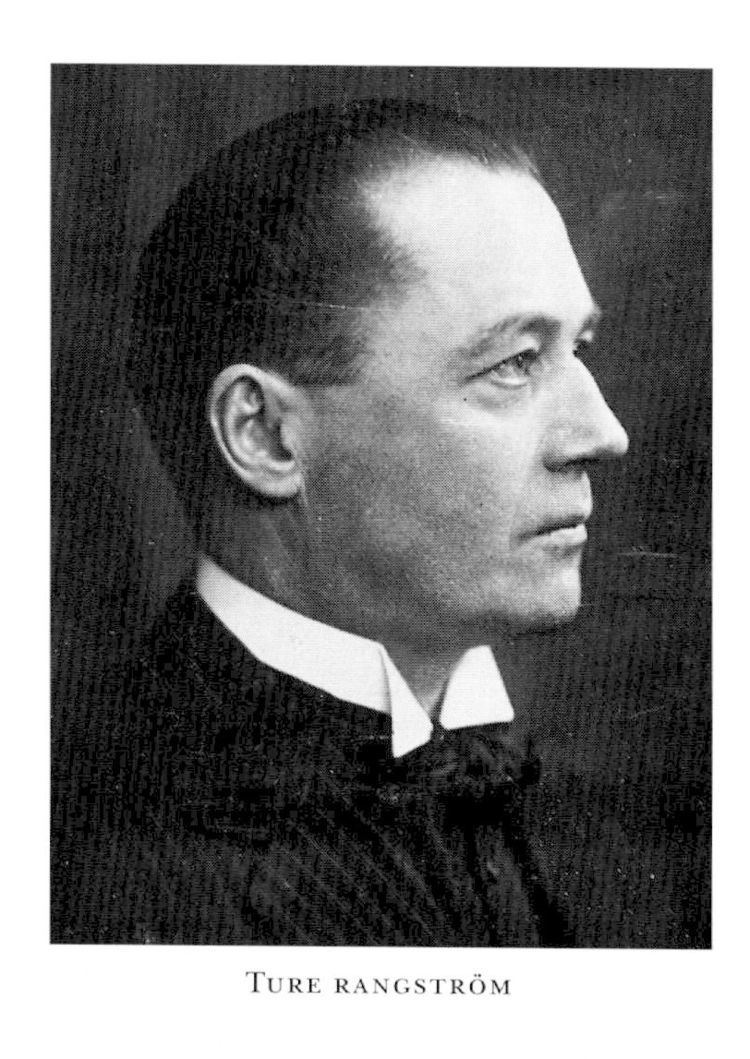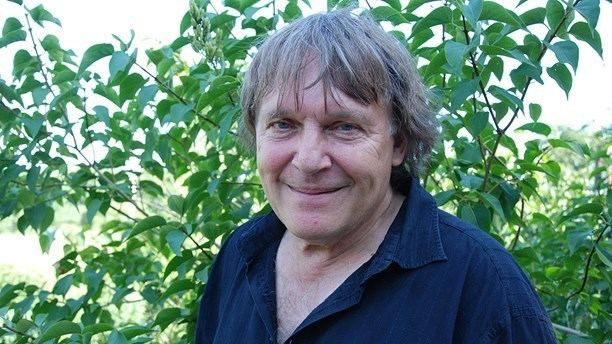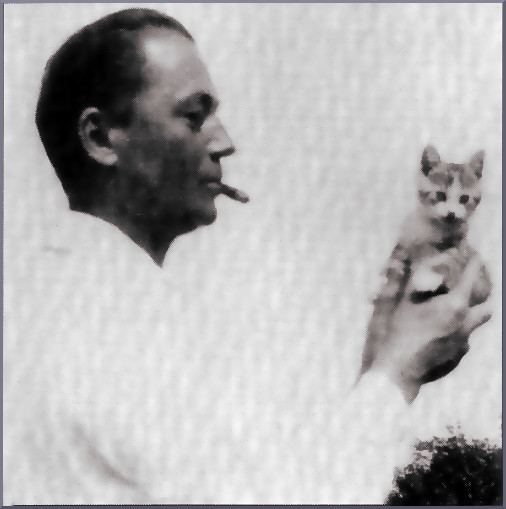Genre Classical | ||
 | ||
Albums Häxorna, Divertimento Elegiaco M M Nominations Grammis Award for Classical Ensemble of the Year Similar Wilhelm Stenhammar, Bo Bergman, Bengt Forsberg, Anne Sofie von Otter, Aulikki Rautawaara | ||
Ture rangstr m swedish melodi 1917 pianopart practising 1 piamorex 140504 tumba sweden
Anders Johan Ture Rangström (30 November 1884 – 11 May 1947) belonged to a new generation of Swedish composers who in the first decade of the 20th century introduced modernism to their compositions. In addition to composing, Rangström was also a musical critic and conductor.
Contents
- Ture rangstr m swedish melodi 1917 pianopart practising 1 piamorex 140504 tumba sweden
- Biography
- Works
- Songs
- References

Biography

Rangström was born in Stockholm, where in his late teens he started to write songs. His music teacher suggested that he should "vary the harmonies a bit more, make it a bit wilder!" He followed this advice and soon gained the nickname among his colleagues of "Sturm-und-Drangström". He travelled to Berlin where he studied under Hans Pfitzner for a while in 1905-6, and also studied singing with the Wagnerian Julius Hey, with whom he later went to Munich for further studies. His compositions at this time were chiefly for voice and piano.

Between 1907 and 1922 he taught singing and from 1922 to 1925 he was principal conductor of the Gothenburg Symphony Orchestra. He founded the Swedish Society of Composers in 1924, and he was employed to promote the works of the Royal Swedish Opera from 1931 to 1936. After this he worked free-lance and spent the summers on the island of Törnsholmen which he had been given by the people of Sweden who raised the money to celebrate his fiftieth birthday.

Rangström died at his home in Stockholm after a long illness caused by a throat disease; his funeral was held at Stockholm's Maria Magdalena Church and he is buried in the churchyard at Gryt. He was grandfather of a playwright, also named Ture Rangström (born in 1944 and artistic director of Strindbergs Intima Teater since its re-opening in 2003), and uncle of author Lars Gyllensten.
Works

Many of his early works took the form of symphonic poems, including "Dityramb" ("Dithyramb") (1909), "Ett midsommarstycke" ("A midsummer piece") and "En höstsång" ("An autumn song"). Following the success of these poems, Rangström began work on his symphonies of which there are four. The first, produced in 1914, is dedicated to the memory of Strindberg - "August Strindberg in memoriam"; the second, from 1919, is entitled "Mitt land" ("My country"); the third from 1929, "Sång under stjärnorna" ("Song under the stars"), and the fourth from 1936, "Invocatio", for orchestra and organ.
He composed three operas, entitled "Kronbruden" ("The Crown Bride"), based on a play by Strindberg, which was first performed in 1915, "Medeltida" ("Medieval"), published in 1921, and "Gilgamesj", based on the Mesopotamian Epic of Gilgamesh, written during the last years of his life. The orchestration of "Gilgamesj" was completed by the composer John Fernström, and it was premièred in November 1952 at the Royal Swedish Opera with Erik Saedén in the title role and Herbert Sandberg conducting. Rangström also wrote almost 300 songs and orchestrated about 60 of them.
Songs
Vingar i natten
Den enda stunden
Bön till natten
